Best Practices Articles

What to Do about Two Core Challenges of Partner Marketing
Selling via a network of channel partners is especially hard, because partners don’t report to vendors and most partners don’t have processes and people in place to have truly effective marketing capabilities. However, an organization that has the proper structure, programs and processes in place can build a decent run rate business via the channel. In this article, we will explore briefly a couple of the most fundamental challenges specific to partner marketing and what an organization can do about them.
Let’s focus on two core problems: when partners don’t have marketing processes, and when they don’t have the resources to build a sustainable marketing motion. But before we jump into solutions, maybe we should ask, “Is it really that important to have marketing processes and resources to build a partner marketing motion?” The short answer: very, likely yes. If you are relying on your partners simply to provide services and pure fulfillment, then it’s possible their marketing abilities are less of an issue. This scenario typically applies to consumer insurance and a few other segments. In the case of insurance, it’s really the provider that drives all of the marketing, while the insurance agents handle fulfillment and customer service. However, in most other segments like retail, real estate, financial sectors, technology, and manufacturing, partner marketing motion is absolutely necessary to build demand.
Now let’s explore how an organization can bridge these two fundamental gaps—i.e., lack of partner resources and lack of marketing processes.
- Lack of resources: You cannot implement a process without resources, so the fundamental challenge in partner marketing is how to enable partners to do marketing on their own. There is really only one answer—provide partner marketing concierge services to partners who can sell but cannot generate demand on their own. The key here is to focus your efforts and resources only on those partners who have demonstrated they can close a transaction when a proper lead is given to them to pursue, but do not have the internal resources to drive marketing and generate leads on their own.
- Lack of processes: Once you have provided a partner with some marketing concierge support with specific goals and objectives in mind, the next step is to provide marketing capabilities via a partner marketing automation platform. This automation platform needs to come with all the pre-built campaigns, assets and tactics that partners need and can easily use by leveraging their existing administrative and sales resources. There should also be incremental support focused on making the most of the platform from partner marketing concierge services.
These two solutions may sound simple, but it is surprising to see how many vendors selling through the channel do not align their existing budgets to make these two basic things happen. The great news is that once a vendor selling through the channel addresses these two core gaps on the partner organization side by providing partner marketing concierge services and a partner marketing automation platform, a significant portion of the partner marketing challenges get solved—and not just locally, but also globally.
With that said there are other dimension, such as campaign types, training, incentives, etc. that also need to be addressed in order to build a fine-tuned partner marketing machine, but we will address those in other articles and discussions. However, none of those additional measures will really matter if the two foundational criteria, partner marketing concierge support and partner marketing automation, have not been addressed in a structured way.
For more information, please check this article.
Best Practices Guidebook
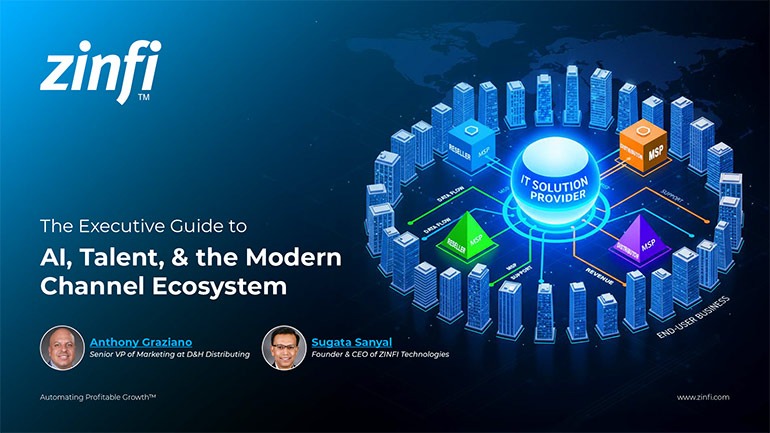 Modernizing Channel Marketing: AI and Ecosystem Enablement Best Practices
Modernizing Channel Marketing: AI and Ecosystem Enablement Best PracticesDownload for FREE
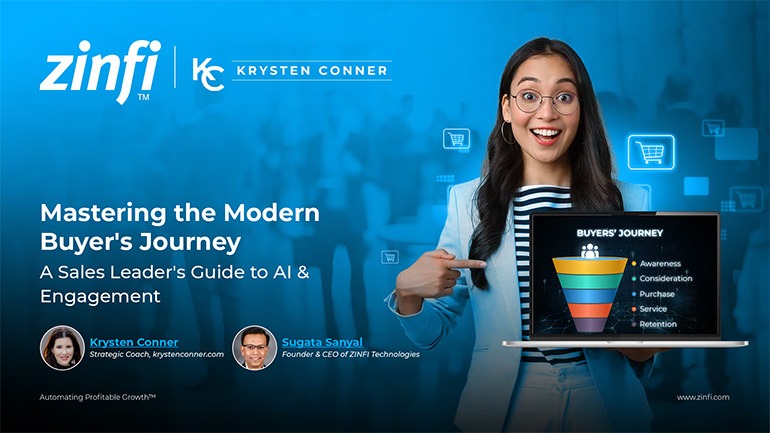 The Channel’s Shift to Partner-Led With AI Best Practices
The Channel’s Shift to Partner-Led With AI Best PracticesDownload for FREE
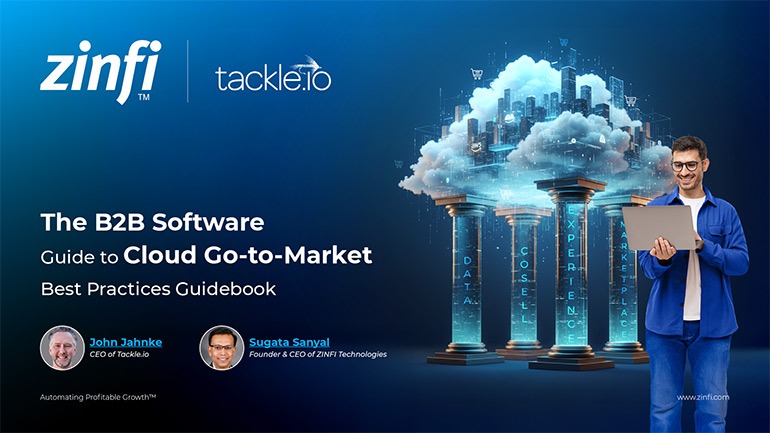 Hyperscalers, ISVs, and AI: Shaping the Future of B2B Software Distribution
Hyperscalers, ISVs, and AI: Shaping the Future of B2B Software DistributionDownload for FREE
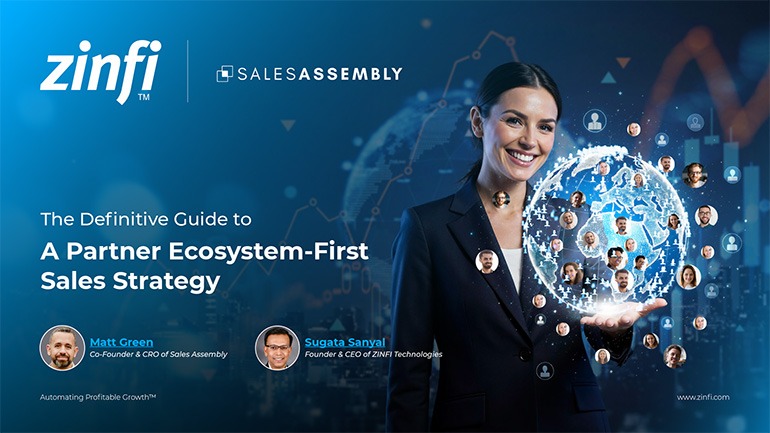 Definitive Guide to a Partner Ecosystem-First Sales Strategy
Definitive Guide to a Partner Ecosystem-First Sales StrategyDownload for FREE
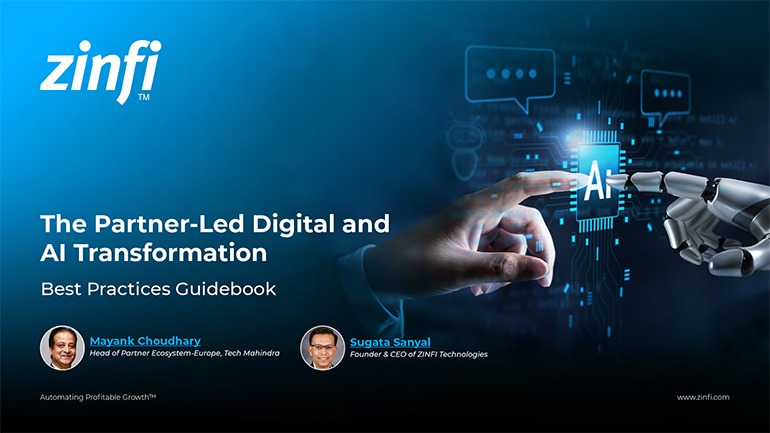 The Partner-Led Digital and AI Transformation Best Practices
The Partner-Led Digital and AI Transformation Best PracticesDownload for FREE
 Startup Talent Recruitment: Hiring Missionaries, Not Mercenaries
Startup Talent Recruitment: Hiring Missionaries, Not MercenariesDownload for FREE
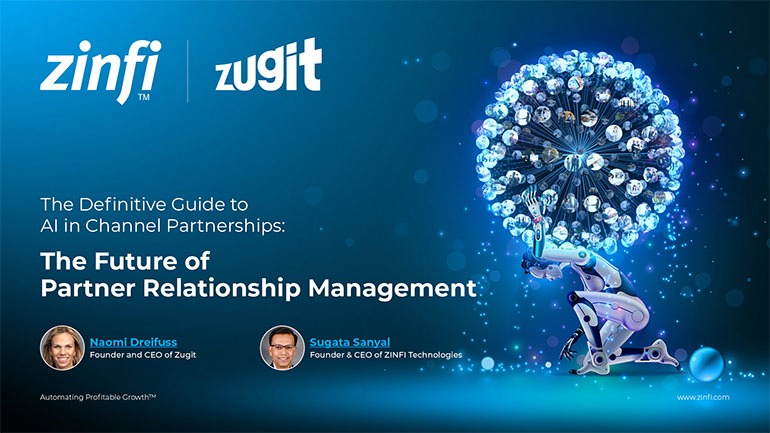 The Future of Partner Relationship Management with AI in Partnerships
The Future of Partner Relationship Management with AI in PartnershipsDownload for FREE
 Cybersecurity for the 99%: Strategies from the Frontline
Cybersecurity for the 99%: Strategies from the FrontlineDownload for FREE
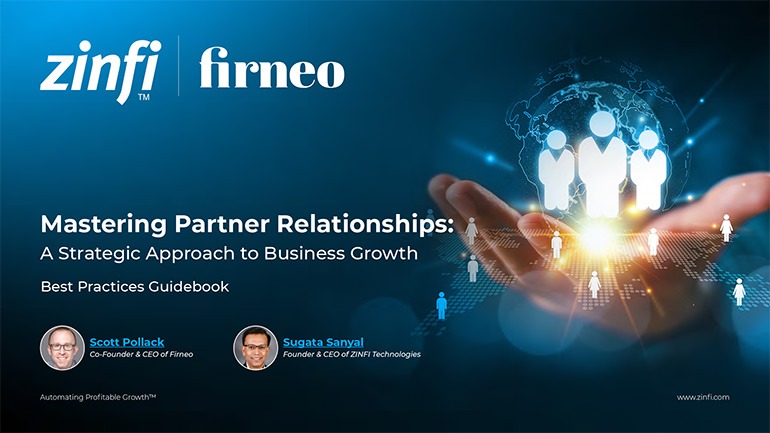 Mastering Partner Relationships: A Strategic Approach to Business Growth
Mastering Partner Relationships: A Strategic Approach to Business GrowthDownload for FREE
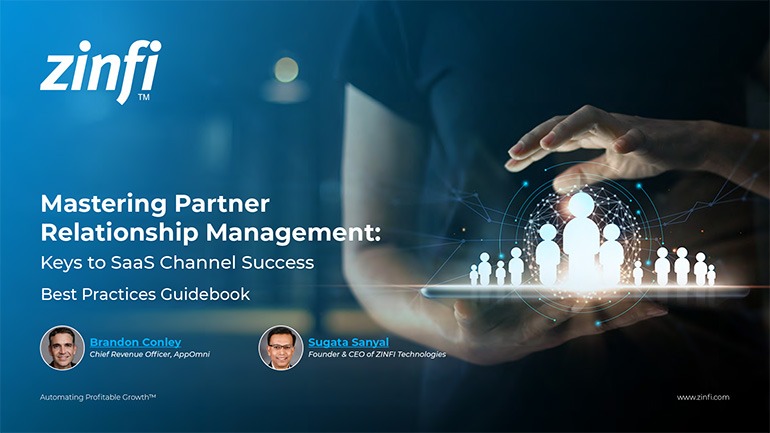 Mastering Partner Relationship Management: Keys to SaaS Channel Success
Mastering Partner Relationship Management: Keys to SaaS Channel SuccessDownload for FREE
 Navigating the AI Revolution: Guide for Partners in the Microsoft Ecosystem
Navigating the AI Revolution: Guide for Partners in the Microsoft EcosystemDownload for FREE
 Mastering the Modern Buyers Journey: Sales Leader’s Guide to AI & Engagement
Mastering the Modern Buyers Journey: Sales Leader’s Guide to AI & EngagementDownload for FREE










